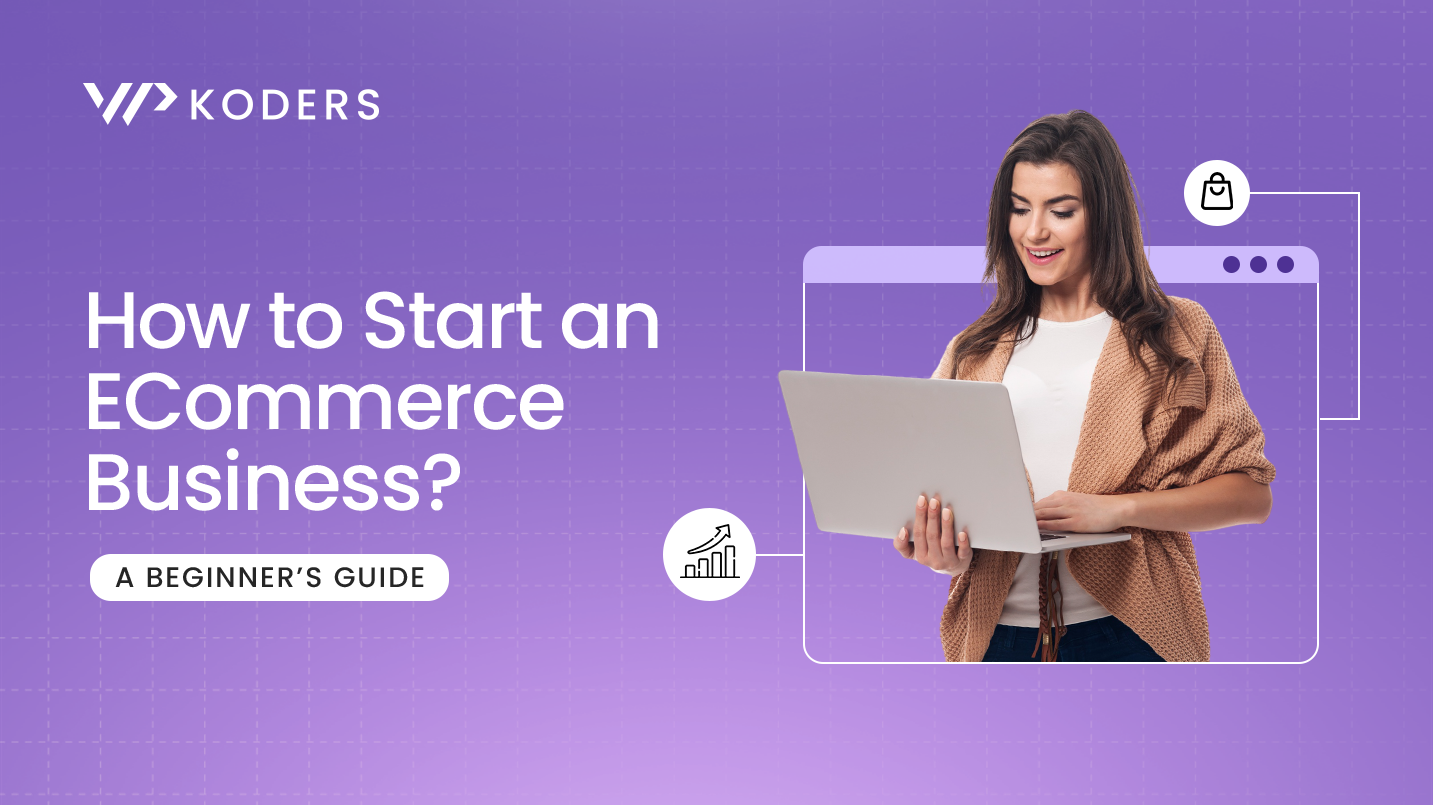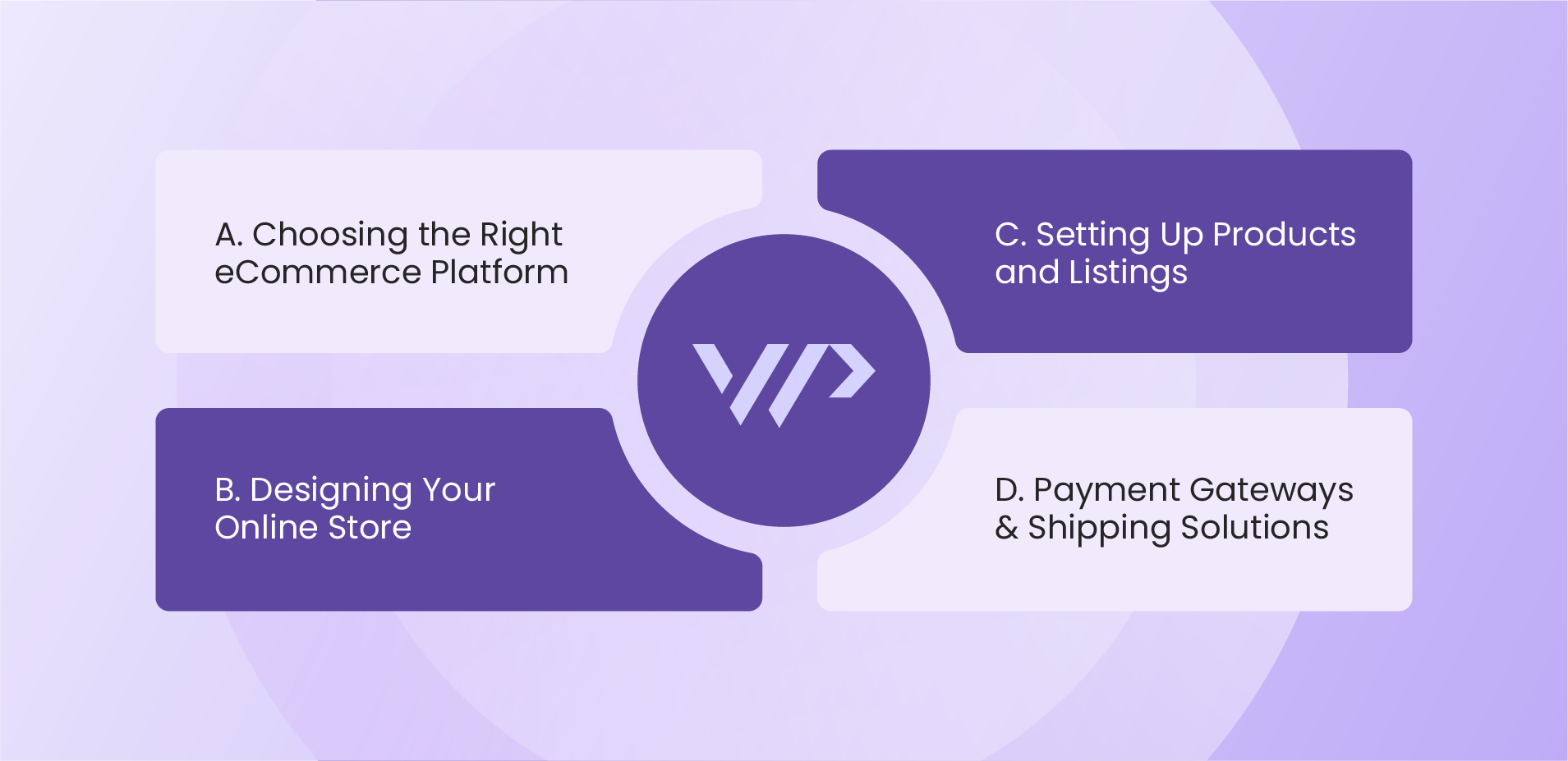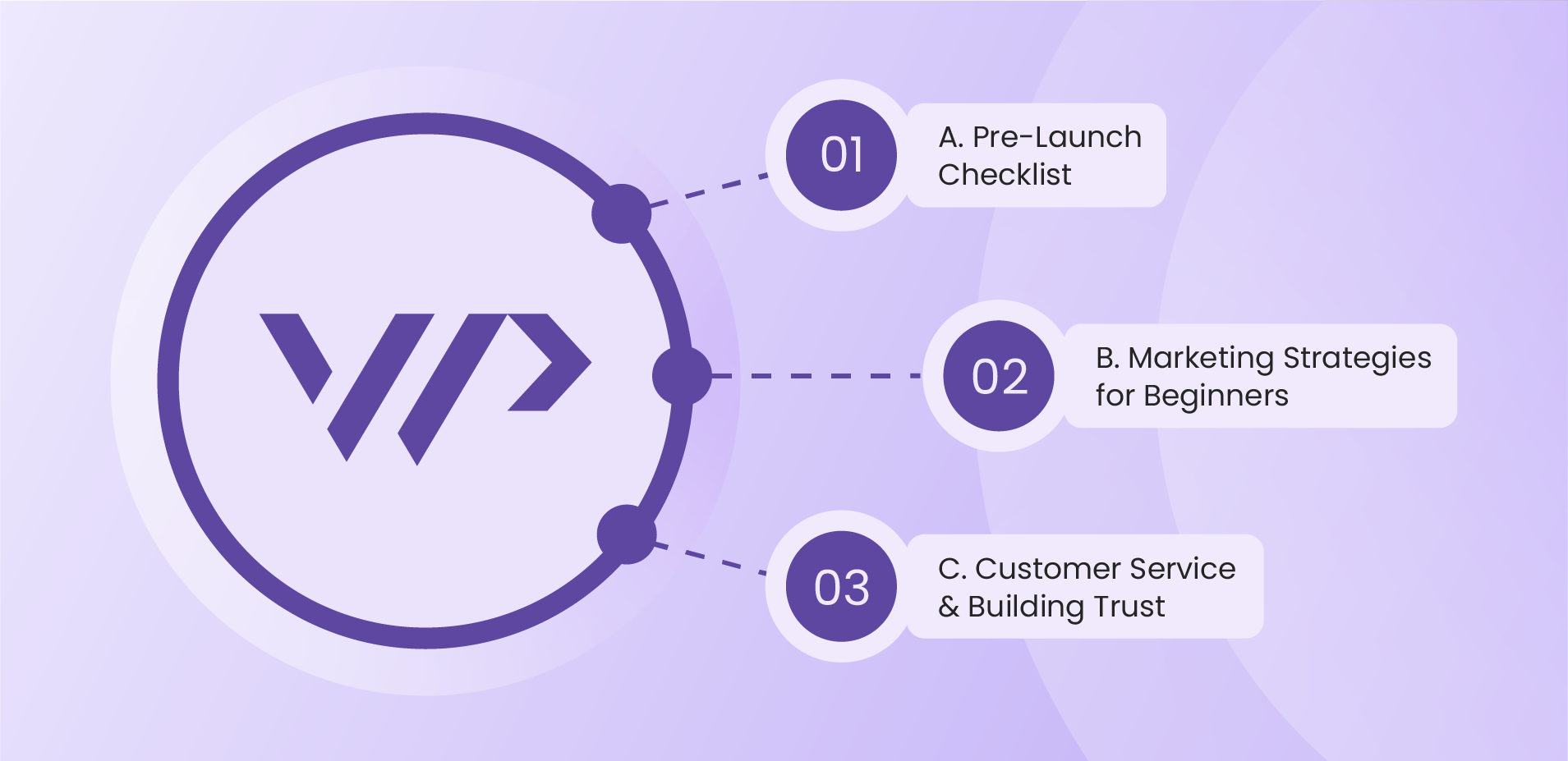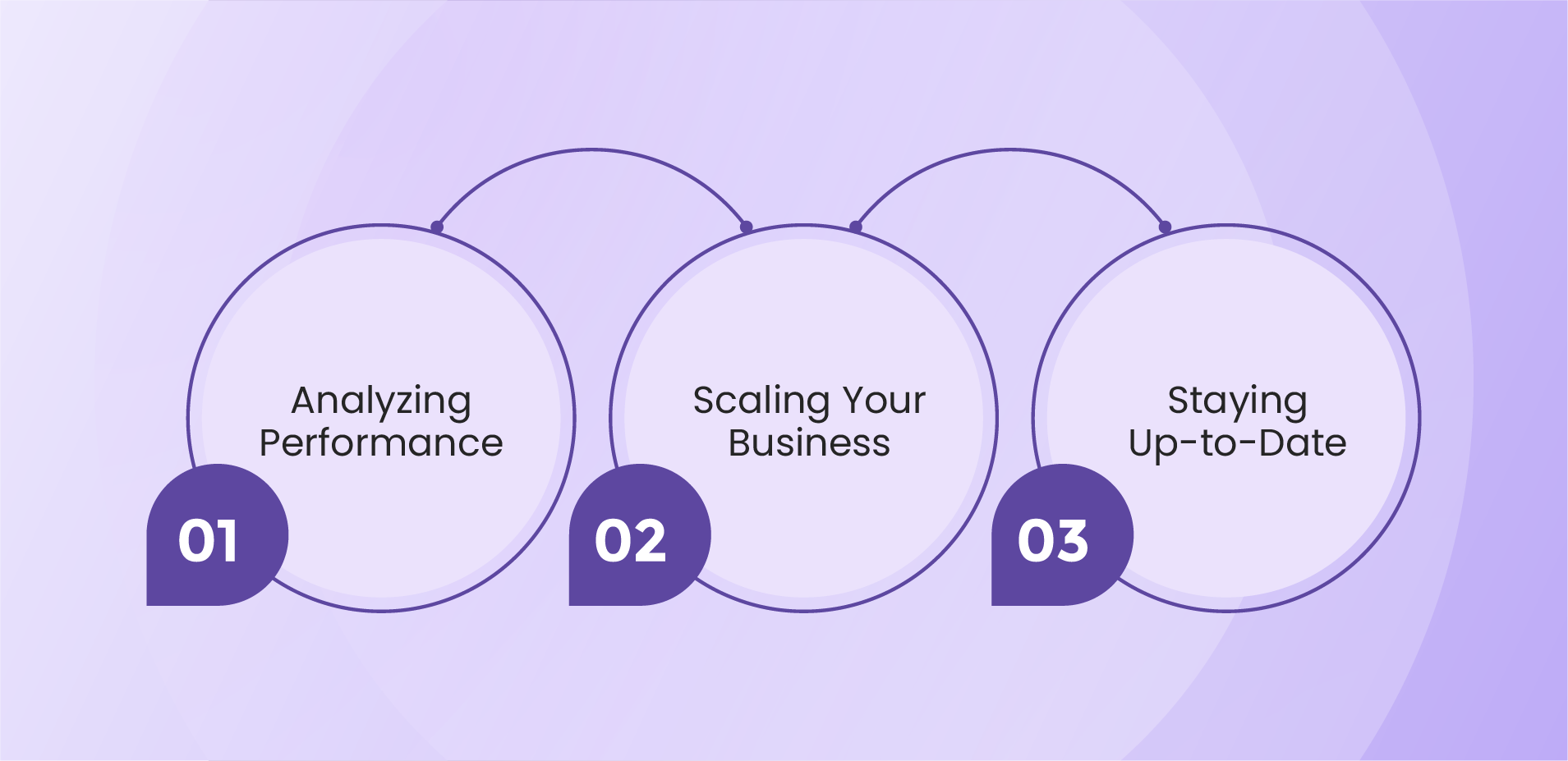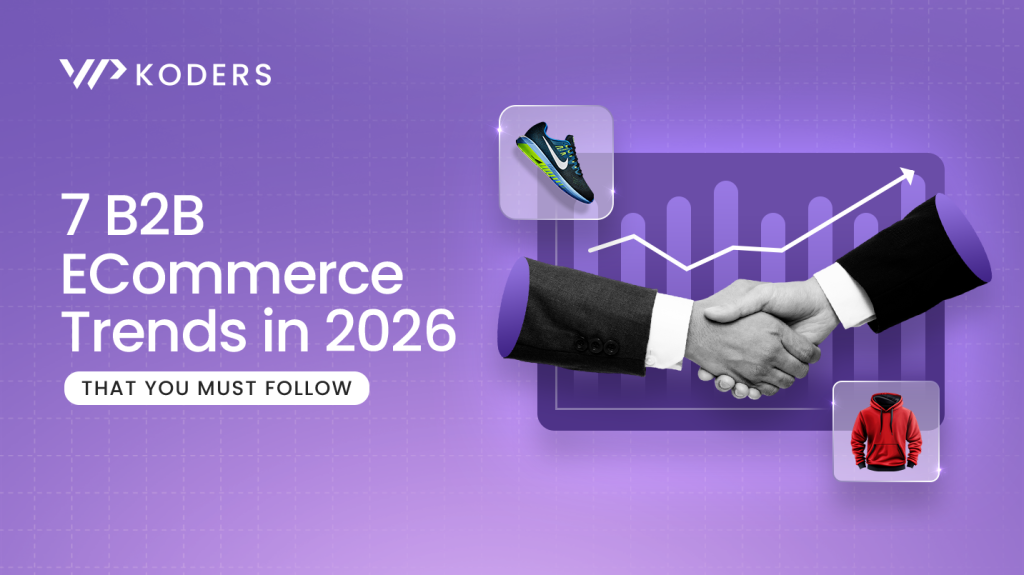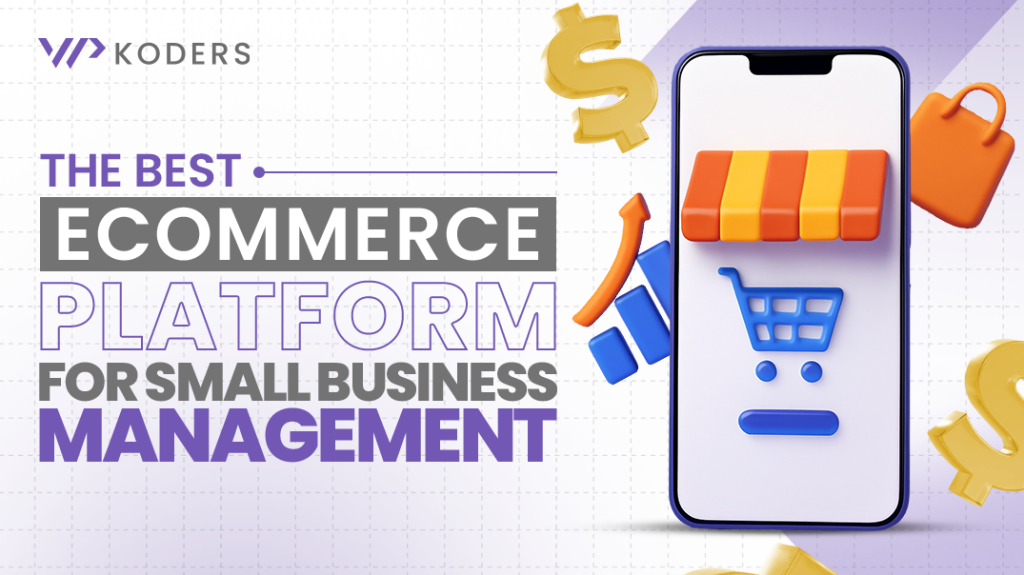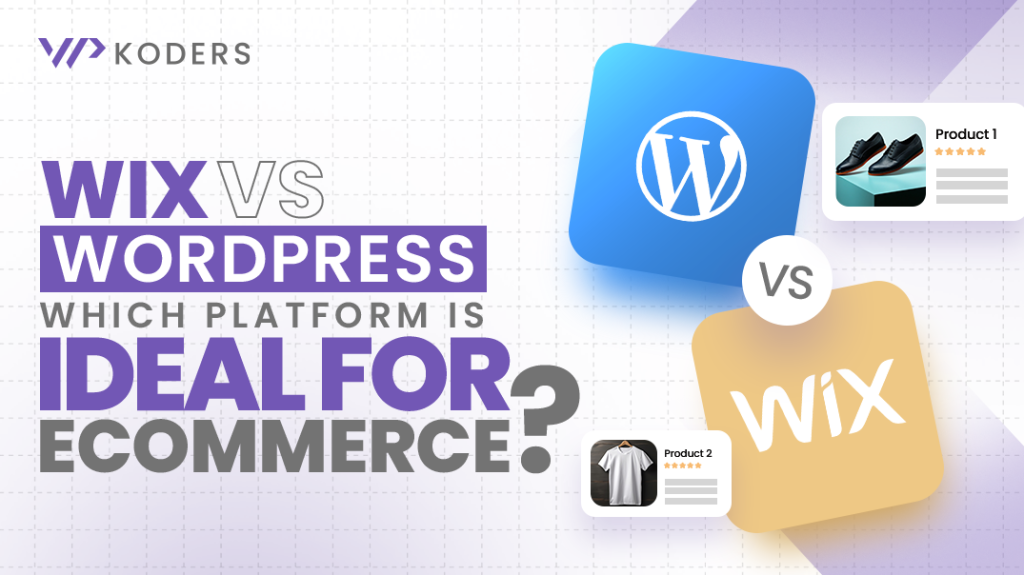The dream of building something of your own, operating on your terms, and reaching customers across the globe seems distant. Thankfully, with ecommerce and digital platforms, it’s more accessible than ever. Visualize the flexibility of running your business from anywhere, the potential of a global audience, and the reduction in overheads. But how to start an ecommerce business? This blog will be your roadmap.
The rise of ecommerce platforms, marketing tools, and a global shift towards online shopping is levelling the playing field. It’s empowering aspiring entrepreneurs to turn their ideas into thriving digital storefronts with limitless opportunities. We’ll walk you through every critical step, from the initial spark of an idea to the grand launch and beyond. Starting an online business involves effort, dedication, and a willingness to learn, but rest assured, WPKoders commits to your success. It isn’t rocket science, but still analogous.
Phase 1: Planning Your eCommerce Empire
Every successful venture begins with a groundbreaking idea, but followed by a solid plan, like the moon mission. Before you even think about building a website, you need to lay down a strong foundation for your ecommerce empire.
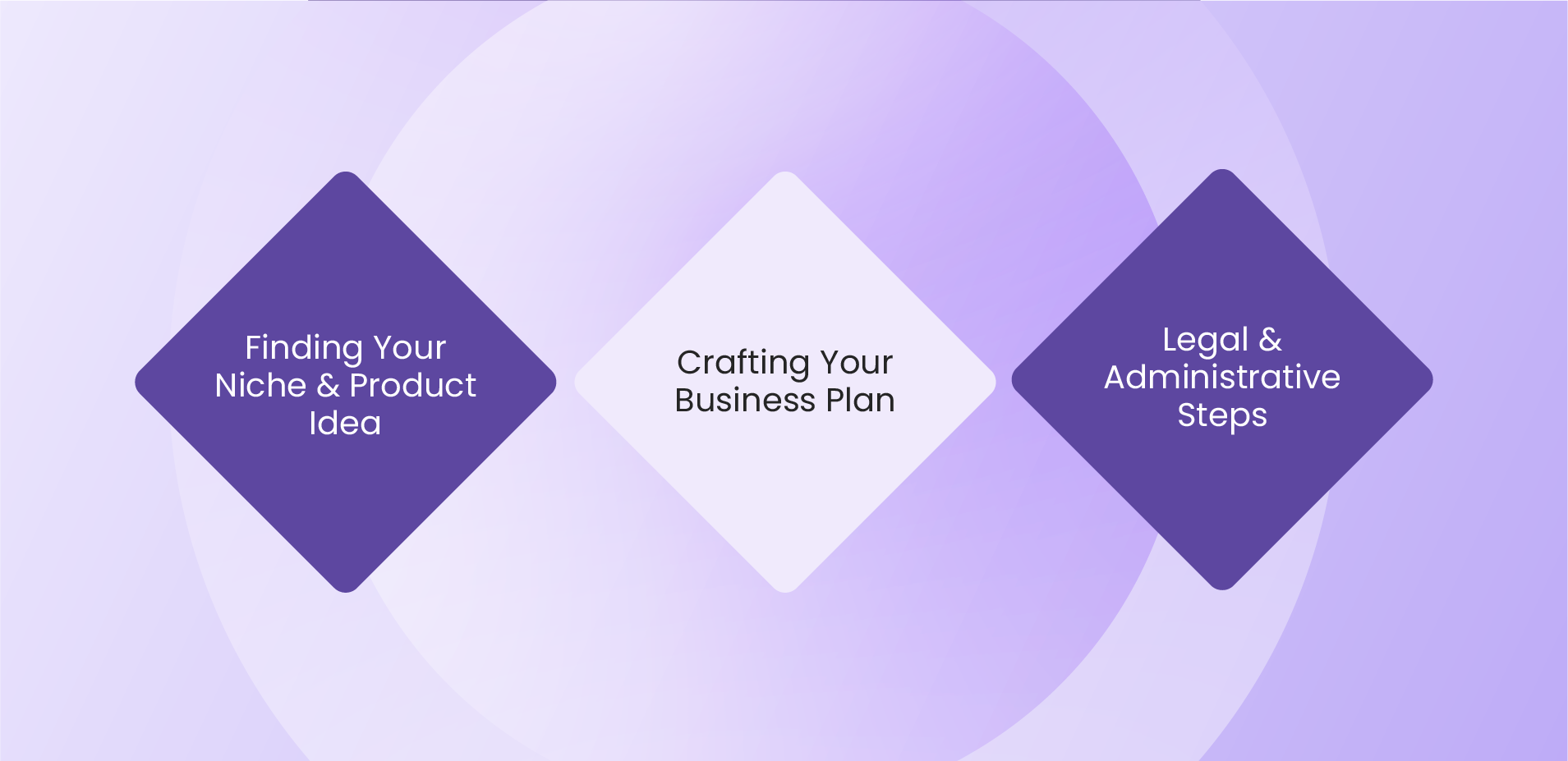
Finding Your Niche & Product Idea
A profitable venture arises from the fusion of your passion and unmet market demand. What are you passionate about? What problems do you see that you could solve with a product? Are people willing to spend money on what you can offer? Once you have answers to these and some initial ideas, validate them against market needs. Our decades of experience in the field enable us to share this simple guide.
Market research will be your best friend, so start conducting a thorough competitor analysis. What are existing businesses in your potential niche doing well? Where are their weaknesses or gaps in their offerings? It highlights opportunities for you to differentiate if you focus on market gaps and underserved audiences. Google Trends can reveal rising interest in certain topics, while Amazon Best Sellers can give you insights into what’s selling. Don’t undermine the power of social media; find what people are talking about, complaining about, or looking for? You can pick any of the following trending paths.
- Dropshipping – Sell products directly to customers, but the supplier handles inventory and shipping. It usually has a low upfront cost, but less control over quality and shipping.
- Wholesaling or Warehousing – Purchase products in bulk from suppliers and store them yourself, then ship them to customers. It offers more control, but requires upfront investment in inventory and storage.
- Creating your products – If you’re a maker, designer, or innovator, you can develop and manufacture your specific products. It offers full control and differentiation, but demands more knowledge and time.
- Print-on-demand – It’s similar to dropshipping, but for custom-designed products like t-shirts, mugs, or phone cases. You create the design, and a third party prints and ships it when an order comes in.
- Private or White Labeling – You purchase generic products from a manufacturer and brand them with your logo and packaging. It allows for branding without manufacturing from scratch.
- Subscription models – Build consistent revenue by offering recurring deliveries of products, curated boxes or essential consumables.
Crafting Your Business Plan
Even if you’re a sole proprietor, a business plan is invaluable. Think of it as your roadmap; it guides your decisions, clarifies your vision, and helps you stay on track. If you ever plan to seek funding, a well-written business plan is essential for attracting investors. The key components to include are:
- Executive Summary – A concise overview of your entire business plan.
- Company Overview – Your mission, vision, and core values. What is your business all about?
- Market Analysis – An in-depth understanding of your target audience, competition, and relevant trends in your industry.
- Products/Services – Detailed description of what you’re selling, including features, benefits, and your unique selling points.
- Marketing & Sales Strategy – How will you reach your customers and convince them to buy?
- Operations & Logistics – How will your business function day-to-day?
- Financial Projections – Realistic forecasts for revenue, expenses, and profitability.
Legal & Administrative Steps
Don’t ignore legalities! Getting them right from the start can save you efforts down the line. Choose a memorable and search-friendly business name that’s available along with domain, social media profiles, and trademark databases. Next register your business as sole proprietorship, LLC, or corporation, it’s wise to consult with a legal professional. Depending on your products and location, you may need to obtain necessary licenses and permits. Finally, a fundamental understanding of taxes and legal compliance is vital for long-term sustainability and avoiding reputational hurt.
Phase 2: Building Your Online Store
With your plan ready, it’s time to build the digital store with the design, content, and most importantly products. This is where your brand shines and transactions happen so you must optimize it for conversion. It takes the same passion as building a launching pad; ignore one thing and the whole mission goes off.
Choose the Right eCommerce Platform
Consider key factors like ease of use, features, its scalability, pricing structures, and available integrations with other essential tools. There are many popular platforms out there, each with its strengths:
- Shopify – Often the go-to for beginners due to its user-friendliness, extensive app store, and excellent support.
- WooCommerce – A free plugin for WordPress that offers immense flexibility and control if you’re comfortable with WordPress, but requires more technical setup.
- BigCommerce – A robust platform favorable for larger businesses that offers advanced features and scalability.
- Wix– Known for its drag-and-drop website builder, makes it easy to design a visually appealing store with less technical knowledge.
Understand the pros and cons of different platform types, primarily hosted vs. self-hosted. Hosted platforms handle all the technical aspects for you, while self-hosted give you more control but require more technical expertise. Read the debates over Wix vs WordPress and Shopify vs WooCommerce.
Designing Your Online Store
Your website is your storefront, and first impressions matter. Focus on user experience (UX) and user interface (UI) best practices. A clean, intuitive, and easy-to-navigate site will keep customers engaged.
Ensure you have essential pages: Homepage, Product pages, About Us page, Contact page, FAQ sections, and a Blog Page. Maintain branding consistency; your logo, color palette, fonts, and brand tone should be cohesive and reflect your brand identity. Crucially, it must be responsive for smartphones and tablets, as a significant percentage of online shopping is done via mobiles.
Setting Up Products and Listings
This is where your products shine! High-quality product photography and informative description is non-negotiable. Write compelling product descriptions, focusing on benefits rather than just features. How will your product solve a problem or improve your customer’s life? Incorporate relevant keywords to make them SEO-friendly. Finally, think about inventory management considerations. How will you track stock levels, especially as orders increase? Will you use a system or manually update stocks?
Payment Gateways & Shipping Solutions
To process sales, you need secure payment processing options. Popular choices include Stripe, PayPal, and various local payment gateways, depending on your region. Research the fees and features of each.
For shipping solutions, you’ll need to develop a strategy. Consider different carrier partners, determine your rates, and plan for packaging. Understand various fulfillment models; will you pack and ship yourself, or use a third-party logistics provider? Clearly outline your return and refund policies to build customer trust and comply with consumer protection laws.
Phase 3: Launching & Marketing Your Business
With your online store built, it’s time to open your virtual doors to the world. It isn’t just about hitting a ‘launch’ button; it’s about strategic preparation and optimizing your marketing engine for growth. How to start an ecommerce business is base level knowledge, how to promote it is the next step to learn.
Pre-Launch Checklist
Before you officially launch, take the time to run through a meticulous checklist. You must ensure a smooth experience for your first customers.
Testing everything
Go through your website as if you were a customer to test every single function. Click through pages, add items to the cart, apply discount codes, and, most importantly, complete the entire checkout process. Make sure all links work, images load correctly, and forms submit properly.
Setting up analytics
Integrate tools like Google Analytics from the very first day. It is crucial for tracking website traffic, understanding user behavior, and measuring the effectiveness of your marketing efforts. It will provide invaluable data to help you make informed decisions down the line.
Marketing Strategies for Beginners
Once your store is established, the next milestone is getting people to find it. Here are essential marketing strategies to get your ecommerce store prominent:
Search Engine Optimization (SEO)
This is about making your store visible on search engines like Google.
- Keyword research – Identify the terms and phrases your potential customers are using to search for products like yours. Tools exist to help you discover popular keywords.
- On-page SEO – Optimize elements directly on your website. This includes crafting compelling meta descriptions, effective title tags for each page, and descriptive image alt text.
- Building backlinks – As your site gains authority, other websites linking back to yours (backlinks) signal to search engines that your content is valuable. This is a long-term strategy but crucial for sustainable growth.
Content Marketing
Provide value to your audience beyond just selling products.
- Blogging – Create informative and engaging blog posts for your audience. Publish how-to guides related to your products, product reviews, or articles discussing industry news relevant to your niche. They not only attract organic traffic but also position you as an expert in the domain.
- Video marketing – Videos are highly engaging, especially shorter ones. Consider product demos, behind-the-scenes content, or short tutorials.
- Infographics – Present complex information in an easy-to-understand, visually appealing format.
Social Media Marketing
Connect with your audience where they spend their time.
- Choosing the right platforms – Not every platform is right for every business. Research where your target customers spend most time and prefer shopping from.
- Engaging content and community building – Don’t just post product photos. Share stories, ask questions, run polls, and actively respond to comments and messages to build a community.
- Social commerce features – Leverage built-in shopping features like Instagram Shopping to allow customers to discover and buy products directly from the platforms.
Paid Advertising
For faster visibility, paid ads can be very effective.
- Google Ads – Target customers actively searching for products like yours. You pay when someone clicks on your ad.
- Social media ads – Social platforms offer powerful targeting capabilities, allowing you to reach specific demographics and interests.
- Retargeting campaigns – Show ads to people who have previously visited your website but didn’t make a purchase. This reminds them of your products and encourages them to return.
Email Marketing
Build a direct line of communication with your customers, keeping them in loop with the brand.
- Building an email list – Offer incentives like discounts or exclusive content in exchange for email sign-ups to newsletters or share trending content.
- Welcome sequences – Automatically send a series of emails to new subscribers, introducing your brand and products.
- Abandonment cart reminders – Email clients who added items to their cart but didn’t complete the purchase, gently nudging them to finalize their order.
- Promotional emails – Share new product launches, discount coupons, and any special offers, encouraging prospects to convert.
Customer Service & Building Trust
Just like ordinary business, in ecommerce, trust is paramount. Excellent customer service can turn one-time buyers into loyal advocates. Research indicates that people tend to forget the flavor or taste of the items consumed, but remember the treatment given.
Prompt and Helpful Customer Support
Be responsive to inquiries, whether via email, chat, or social media. Provide clear and concise answers. Appropriate and quick answers or guidance to queries or concerns not only portrays respect towards customers but also fosters loyalty.
Encouraging Customer Reviews and Testimonials
Positive reviews are powerful social proof which prospects often scan before making a buying decision. Encourage satisfied customers to leave feedback on your site or review platforms, and address negative reviews professionally.
Clear Communication
Be transparent about everything from product details to shipping times and return policies, written clearly over customer receipts. If there are any chances of delays, communicate them proactively on all channels.
Phase 4: Optimization for Growth & Success
Launching is just the beginning, like a rocket, that still needs pilots to maneuver and reach the destination. The real destination of ecommerce success comes via continuous learning, adapting, and growing. Learn how to start an ecommerce business and you’re halfway there, learn how to run it and you get there.
Analyzing Performance
Regularly review your analytics to understand what’s working and what isn’t. Pay close attention to your conversion rate, average order value, and traffic sources. Use analytics to make data-driven decisions by analyzing the reasons behind the numbers. If a marketing strategy isn’t doing well, reallocate your budget. If a product page has a high bounce rate, optimize its content.
Scaling Your Business
Once you have a stable foundation, you can start thinking about expanding. Introduce new products that complement your existing offerings or cater to evolving customer needs. If your current market is saturated or opportunities exist elsewhere, consider expanding geographically. It involves localizing your website or marketing efforts to specific regions by focusing more on cities or states. As you grow, streamline deliveries, inventory, and customer service to maintain efficiency and customer satisfaction.
Staying Up-to-Date
To stay competitive, you need to be adaptable. Keep an eye on new technologies, marketing strategies, and consumer behaviors. Attend webinars, read industry blogs, and experiment with new tools and tactics. The more you learn, the better you’ll be able to navigate the evolving digital market.
Conclusion
This blog breaks down the process of starting an ecommerce business into manageable steps, making it exciting and achievable. It covers all the phases from planning to building your digital store, launching to marketing strategies, and optimizing for growth. Each step builds upon the last, addressing most queries on how to start an ecommerce business.
Success in ecommerce doesn’t comes overnight; it’s a journey of consistent effort, learning from data, and always putting customers first. While it requires full dedication, the potential for flexibility, global reach, and financial independence makes it an incredibly rewarding path. Reach out to WPKoders for more guidance and custom ecommerce development or buy from our top WooCommerce plugins.
